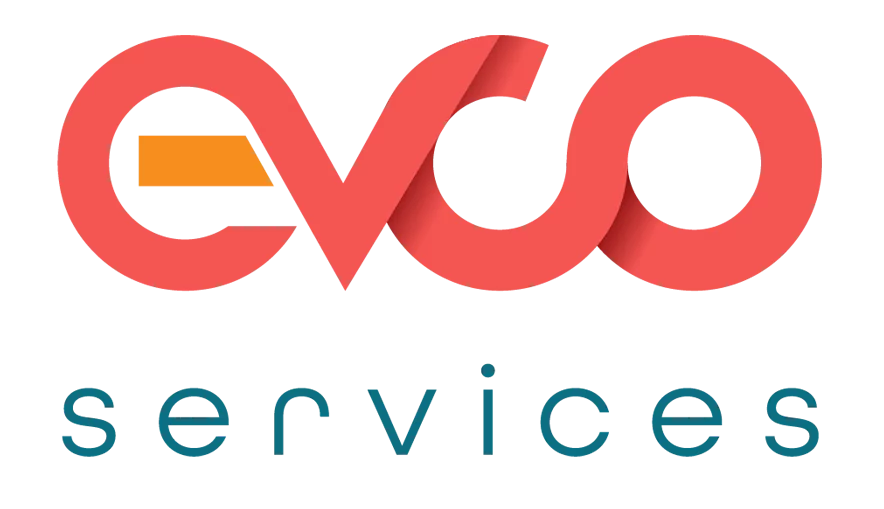Publish Date:31/5/24

EVCO Services and the Emissions Impact Dashboard
In today’s rapidly evolving digital landscape, businesses are increasingly relying on cloud services to drive innovation, streamline operations, and enhance customer experiences. However, as organisations embrace the cloud, they must also consider their environmental impact. Enter theEmissions Impact Dashboard, a powerful tool that enables companies to measure and manage their carbon emissions associated with cloud usage.
What is the Emissions Impact Dashboard?
TheEmissions Impact Dashboardis a cutting-edge solution developed by Microsoft to address the environmental implications of cloud services. Specifically, it provides transparency into greenhouse gas emissions associated with using Microsoft Cloud services. For companies like EVCO Services, this dashboard is a game-changer.
EVCO Services and Sustainability
At EVCO Services, we recognise the critical importance of sustainability. As a cloud service provider, we are committed to helping our customers make informed decisions that align with their environmental goals. The Emissions Impact Dashboard allows us to do just that.
How Does It Work?
- Transparency: The dashboard provides visibility into the carbon emissions generated through Microsoft services. It goes beyond Scope 1 and Scope 2 emissions (direct and indirect emissions) to address Scope 3 emissions—specifically, “Purchased goods and services.” For more information on Scope(s) please visit the GHG Protocol website: https://ghgprotocol.org/scope-3-calculation-guidance-2
- Accurate Carbon Accounting: Accurate carbon accounting requires collaboration with partners, vendors, and suppliers. The Emissions Impact Dashboard ensures that our customers have the information they need to calculate their cloud-based carbon footprint.
- Methodology Validation: Microsoft’s carbon accounting methodology has been validated by Stanford University. It’s consistent, accurate, and quantifies the impact of Microsoft cloud services on our customers’ environmental footprint.
- Granular Insights: With the dashboard, our customers can drill down into emissions data by month, service, and data center region. This granularity empowers them to make targeted improvements and optimise their cloud usage.
Enabling Our Customers
At EVCO Services, we guide our customers through the process of connecting to the Emissions Impact Dashboard. Here’s how:
- Prerequisites: Customers need a Power BI Pro license and a direct billing relationship with Microsoft (EA Direct, MCA, or MPA accounts).
- Installation: Customers install the Emissions Impact Dashboard app in Power BI. It’s a seamless process that provides immediate access to emissions data.
- Data Connection: Customers connect the dashboard to their billing account ID. The dashboard then pulls relevant data, allowing them to visualise their emissions impact.
Why It Matters
- Environmental Responsibility: By understanding their cloud emissions, organisations can take targeted actions to reduce their carbon footprint. It’s a step toward a more sustainable future.
- Voluntary and Statutory Reporting: The Emissions Impact Dashboard helps companies compile reports for voluntary or statutory reporting requirements. Microsoft’s transparency sets it apart from other cloud providers.
Conclusion
EVCO Services is proud to leverage the Emissions Impact Dashboard, empowering our customers to make informed decisions and contribute to a greener planet. As we continue to innovate and collaborate, sustainability remains at the heart of our mission.
Let’s build a cloud-powered future that’s both efficient and environmentally conscious! 🌍🌱







